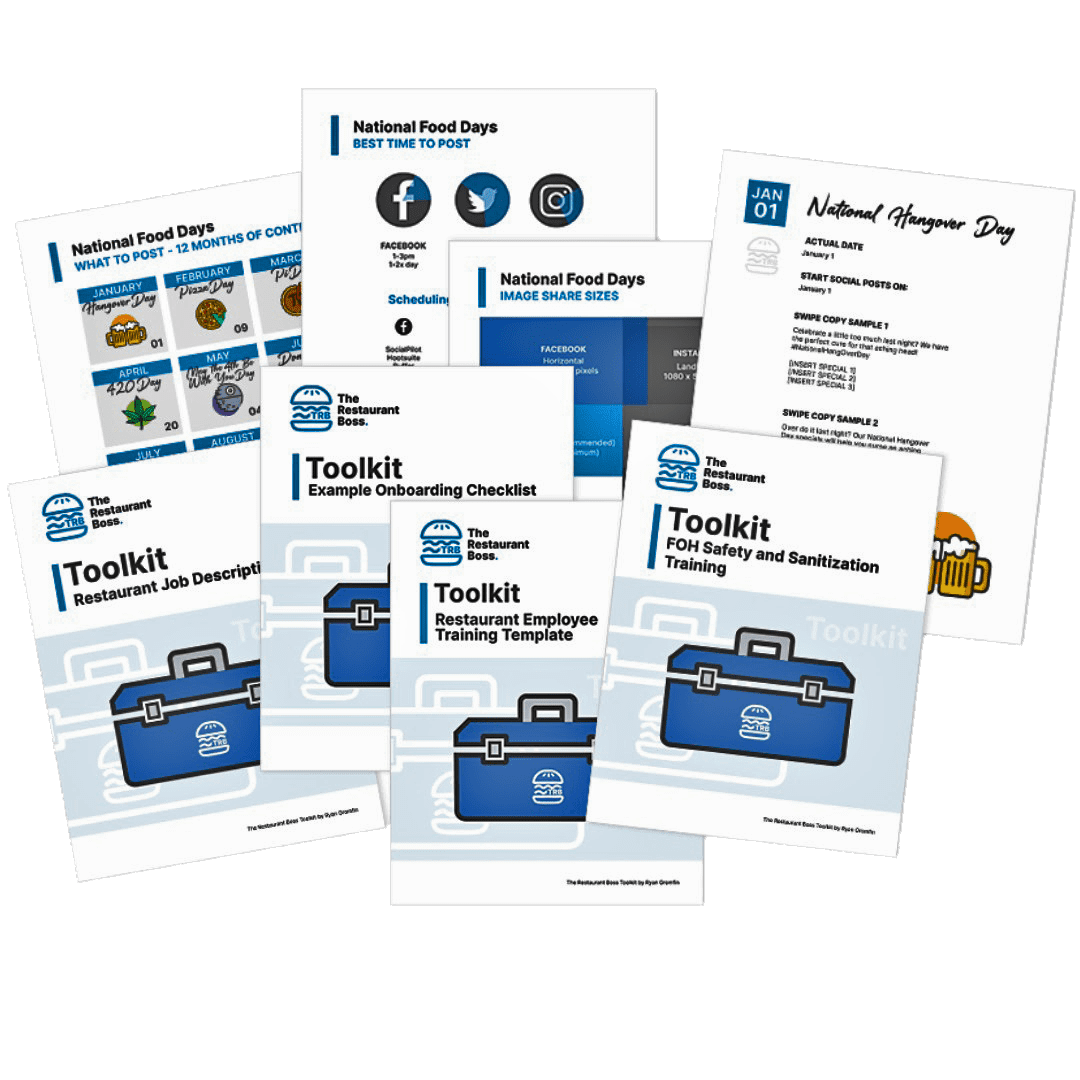5 Things You Can Learn From The EATertainment Industry Struggles
The EATertainment industry, which includes family entertainment centers (FECs) like TopGolf, Chuck E. Cheese, and Main Event, has historically struggled with some of the same challenges that traditional restaurants face. While these venues are often perceived as special occasion destinations or expensive night outs, there are valuable lessons that any restaurant can learn from their successes and failures.
In a recent article published in FSR Magazine, the author examines what the struggles of top EATertainment brands can teach the restaurant industry. By applying these insights, restaurant owners and operators can position their businesses for long-term growth and sustainability. Let’s dive into the 5 key takeaways:
1. Clearly Define Your Customer
One of the biggest mistakes that struggling EATertainment brands have made is failing to clearly define their target customer. When a brand tries to be everything to everyone, it ends up being nothing to anyone.
The article uses the Savannah Bananas minor league baseball team as a prime example of a brand that has laser-focused on its ideal customer. The Bananas have completely reinvented the baseball experience, making it a “fan-first” entertainment destination. By honing in on who their core fans are and what they want, the Bananas have been able to build a wildly successful and unique brand.
The same principle applies to restaurants. You must intimately understand your target demographic – their age, income level, dining preferences, and what motivates them to choose your establishment. Armed with this customer profile, you can craft every aspect of your restaurant, from the menu and decor to the service style and marketing, to deliver an experience that resonates with your ideal guests.
2. Reinvent Yourself Every 3-4 Years
The EATertainment industry is a rapidly evolving landscape, and brands that fail to regularly reinvent themselves often get left behind. The article notes that successful FECs will typically undergo a major refresh or overhaul every 3-4 years to keep their offerings fresh and exciting.
This doesn’t necessarily mean a complete rebrand or gut renovation. Rather, it’s about identifying 5-8 key elements that you can update to improve the guest experience. This could include:
- Refreshing the menu with new, on-trend items
- Updating the decor and ambiance
- Enhancing the technology and digital experience
- Introducing new entertainment or activity options
- Improving the flow and efficiency of the operation
The goal is to stay ahead of evolving customer preferences and avoid becoming stale or predictable. Restaurants that can consistently reinvent themselves will be better positioned to maintain relevance and drive repeat business.
3. Simplify the Menu and Operations
One of the biggest mistakes that struggling EATertainment brands have made is over-complicating their menus and operations. The article notes that “far too many brands think ‘I’ll make food so good people will come here just to eat.’ No, they won’t.”
Guests at these entertainment-focused venues are primarily there for the experience, not necessarily the food. While the culinary offering does need to be good, it shouldn’t be the sole focus. Overly complex menus with dozens of items can lead to operational challenges, inconsistent execution, and higher food costs.
Instead, restaurants should aim to streamline their menus, focusing on a core selection of high-quality, craveable dishes. This allows the kitchen to optimize processes, reduce labor, and deliver faster, more consistent service. It also makes it easier for guests to navigate the menu and identify the items that best suit their dining occasion.
The article emphasizes the importance of “amplifying the impact” through fewer, better menu items rather than trying to be all things to all people. This aligns with the principle of clearly defining your target customer and delivering an experience tailored to their needs.
4. Provide Exceptional Value
Another common struggle for EATertainment brands is the perception that they are expensive and not worth the cost. Guests often view these venues as special occasion destinations rather than regular dining options.
To combat this, successful FECs have found ways to provide exceptional value that justifies the price point. This could include:
- Offering bundled packages that combine food, activities, and entertainment for a single price
- Implementing dynamic pricing models that adjust rates based on demand
- Providing high-quality, craveable menu items at reasonable prices
- Delivering fast, efficient service to maximize the guest experience
- Leveraging technology to enhance the experience and streamline operations
- The key is to focus on the total value proposition rather than just the menu prices. Restaurants that can demonstrate the true worth of their offering, in terms of both the food and the overall experience, will be better equipped to overcome the perception of being expensive or not worth the cost.
5. Continuously Evolve and Innovate
The final lesson from the EATertainment industry is the importance of continuous evolution and innovation. Successful FECs don’t rest on their laurels; they are constantly looking for ways to stay ahead of the curve and differentiate themselves from the competition.
This could involve introducing new activities, updating the decor, or experimenting with new menu items and service styles. It’s about maintaining a pulse on changing customer preferences and industry trends, and being agile enough to adapt accordingly.
Restaurants can apply this same mindset to their own businesses. Rather than relying on the same formula year after year, they should be proactively seeking out opportunities to enhance the guest experience, streamline operations, and stay ahead of the competition.
This might mean:
- Implementing the latest restaurant technology to improve efficiency and the customer experience
- Regularly refreshing the menu with seasonal offerings and on-trend items
- Exploring new service models, like online ordering, delivery, or curbside pickup
- Investing in staff training and development to elevate the level of service
- Continuously gathering customer feedback and using it to drive improvements
By fostering a culture of innovation, restaurants can position themselves as dynamic, forward-thinking brands that are always striving to deliver the best possible experience for their guests.
The struggles faced by EATertainment brands like TopGolf and Chuck E. Cheese may seem far removed from the challenges of traditional restaurants. However, as this FSR Magazine article illustrates, there are valuable lessons that any restaurant can learn and apply to their own business.
By clearly defining your target customer, regularly reinventing your offering, simplifying operations, providing exceptional value, and continuously evolving, you can position your restaurant for long-term success. These principles may require some adjustments to your current approach, but the payoff can be significant in terms of increased customer loyalty, operational efficiency, and profitability.
So take the time to review the insights from the EATertainment industry, and consider how you can incorporate them into your own restaurant strategy. With the right mindset and execution, you can transform your business into a thriving, sustainable success story.
Read More
Running a Restaurant Isn't Hard
The #1 complaint in restaurant management is poor employee performance. If you’re not following this simple 5-step plan to train your employees, you’re never going to get the results that you want from them …ㅤㅤㅤ
Busy Is Killing Your Restaurant
Are you busy? There are things you’re doing all day, every day in your restaurant and it’s those things that are going to put you out of business. There are 4 things you can do today to battle the busy inside your restaurant …
Follow For More:







